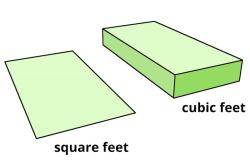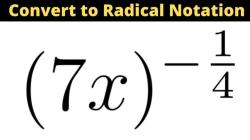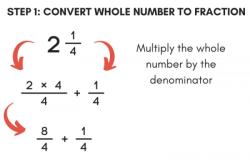What are the best practices for matrix multiplication?
When performing matrix multiplication, especially in practical applications, it's important to follow best practices to ensure accuracy and efficiency. Here are some best practices for matrix multiplication:
Matrix Compatibility: Ensure that the matrices you're multiplying meet the compatibility requirement. The number of columns in the first matrix must match the number of rows in the second matrix.
Dimension Check: Always double-check the dimensions of your matrices before multiplying them. This prevents errors and avoids undefined operations.
Elementary Row Operations: If the matrices are large, consider using elementary row operations (e.g., row reduction, Gaussian elimination) to simplify the matrices before multiplication. This can reduce the number of multiplications and additions required.
Efficient Algorithm Selection: Depending on the specific matrices and problem, consider using efficient matrix multiplication algorithms. Standard matrix multiplication is O(n^3) in time complexity, but more advanced algorithms like Strassen's algorithm can reduce the number of multiplications required, improving performance for large matrices.
Parallelization: For very large matrices or when working with powerful computing resources, consider parallelizing matrix multiplication. Divide the matrices into smaller blocks and perform multiplications concurrently to speed up the process.
Library Functions: When working with programming languages like Python, NumPy, MATLAB, or libraries like BLAS (Basic Linear Algebra Subprograms), use built-in matrix multiplication functions. These libraries are highly optimized and can significantly improve performance.
Numerical Precision: Be aware of numerical precision issues, especially when working with floating-point numbers. Round-off errors can accumulate in matrix multiplication, affecting the accuracy of results. Techniques like pivoting and iterative refinement can help mitigate these issues.
Storage Order: Pay attention to the storage order (row-major or column-major) of matrices, especially when working with programming languages like C/C++. Using the correct storage order can improve cache locality and performance.
Batch Processing: If you need to multiply multiple matrices with the same dimensions, consider batch processing. Perform all multiplications in a single operation, which can be more efficient than individual multiplications.
Optimize Memory Usage: Be mindful of memory usage, especially with large matrices. Use memory-efficient data structures and consider techniques like memory mapping to optimize memory usage.
Matrix Transposition: In some cases, transposing one of the matrices (changing rows to columns and vice versa) before multiplication can improve cache efficiency and overall performance.
Code Profiling: When implementing matrix multiplication, use code profiling tools to identify performance bottlenecks. This can help you optimize the critical parts of your code.
Testing: Always test your matrix multiplication code with known examples to verify correctness. Use test cases with small matrices to validate your implementation before applying it to larger data.
By following these best practices, you can perform matrix multiplication accurately and efficiently, which is essential for a wide range of applications in mathematics, science, engineering, and computer science.













